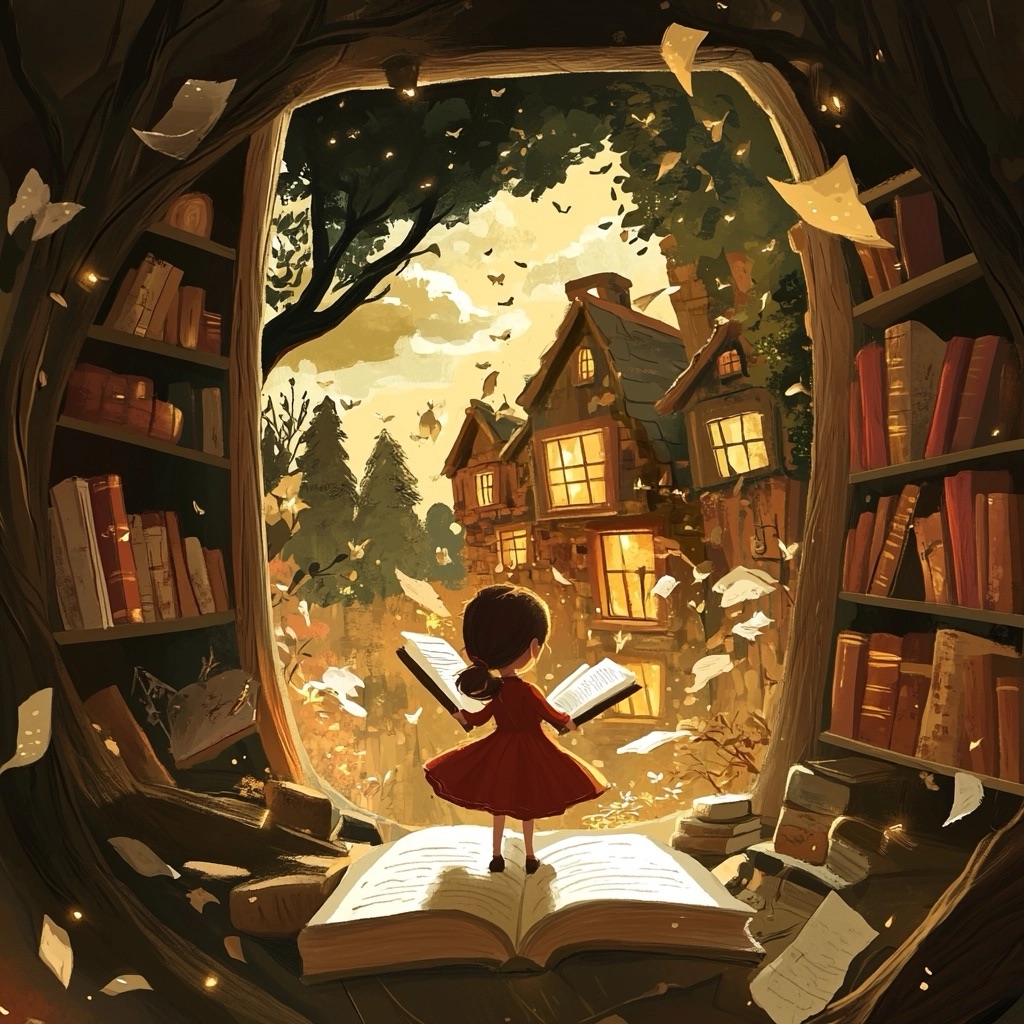
Storytelling is an art that transcends time, geography, and culture. We tell stories to connect, to share, and to make sense of the world around us. Yet, among the many aspects of a story, the first impression stands out as one of the most crucial. Whether you’re writing a novel, a short story, or a screenplay, the initial moments are the ones that define whether the audience will continue reading or tune out. In today’s fast-paced world, capturing attention is harder than ever, making it essential for writers to create a lasting first impression in storytelling.

The Power of a Strong Beginning
When we discuss first impressions in storytelling, we often think of the first sentence, the opening paragraph, or even the very first image presented. These elements are critical because they set the tone and invite the audience into the world you’re creating. The beginning is your handshake with the reader; it’s the initial connection that determines the level of trust and curiosity they will invest in your narrative.
What makes a strong beginning? It’s not about flashy introductions or dramatic events for the sake of excitement. Instead, it’s about crafting an opening that feels authentic to the story while intriguing enough to make the audience ask, “What happens next?” A strong beginning is one that offers a glimpse of the journey ahead, drawing readers into a narrative they didn’t know they needed.

The Science Behind First Impressions
Humans are wired to make snap judgments. Studies in psychology reveal that we form first impressions in mere milliseconds, based on very little information. In storytelling, this psychological principle applies just as strongly. Readers or viewers decide in those early moments if a story resonates with them, often before they fully understand the plot or characters. Therefore, it’s vital to be aware of how people process first impressions, especially when it comes to narratives.
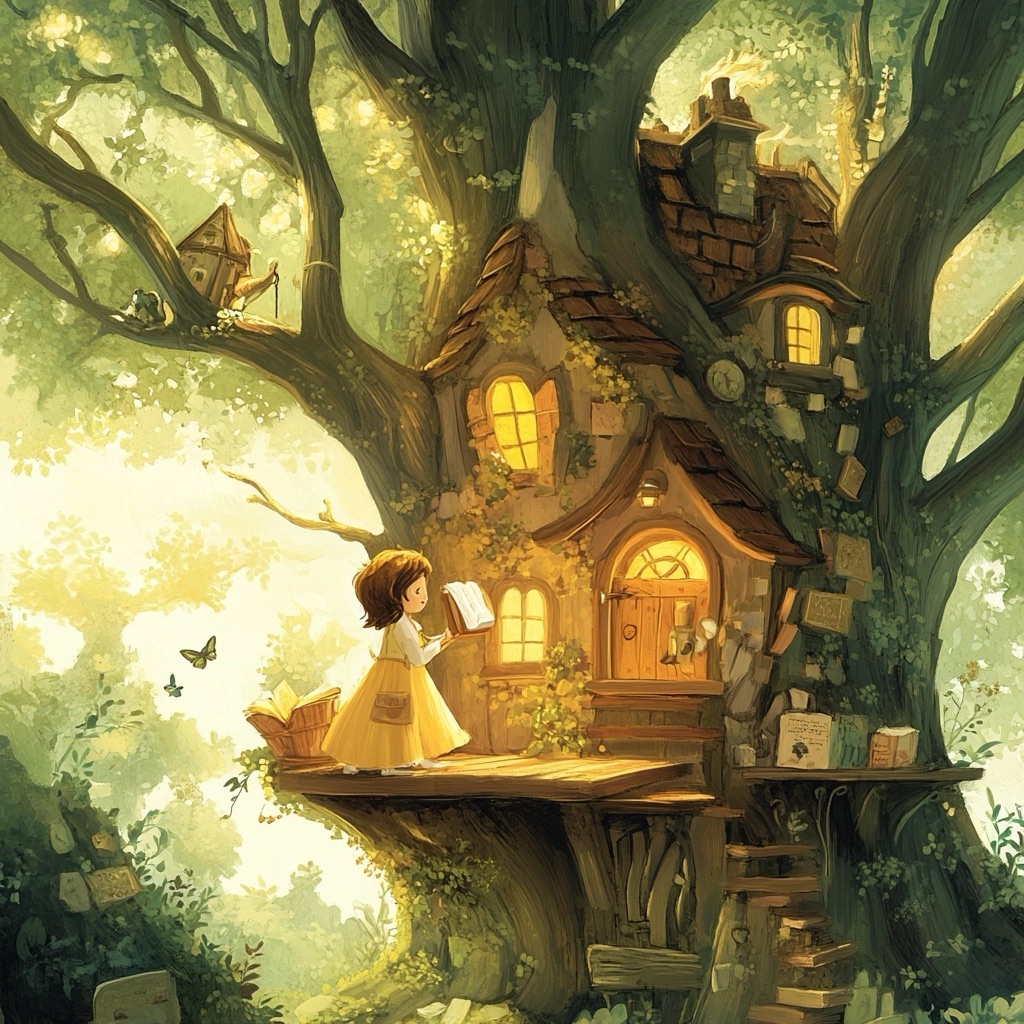
Interestingly, our brains are conditioned to seek patterns and meaning from the onset. If the first impression of a story taps into something familiar yet distinct, the audience is more likely to stay engaged. The balance between familiarity and novelty is what hooks people — it invites them to explore something new within a framework they can understand.
Building Intrigue with Character and Conflict
One of the best ways to make a lasting impression in storytelling is to introduce your characters and conflicts in a way that immediately sparks curiosity. Characters are the heart of any story, and they are often what the audience connects with first. But introducing a character isn’t about detailing their biography in the opening sentence. It’s about showing them in action, revealing a slice of their personality that hints at the layers beneath.
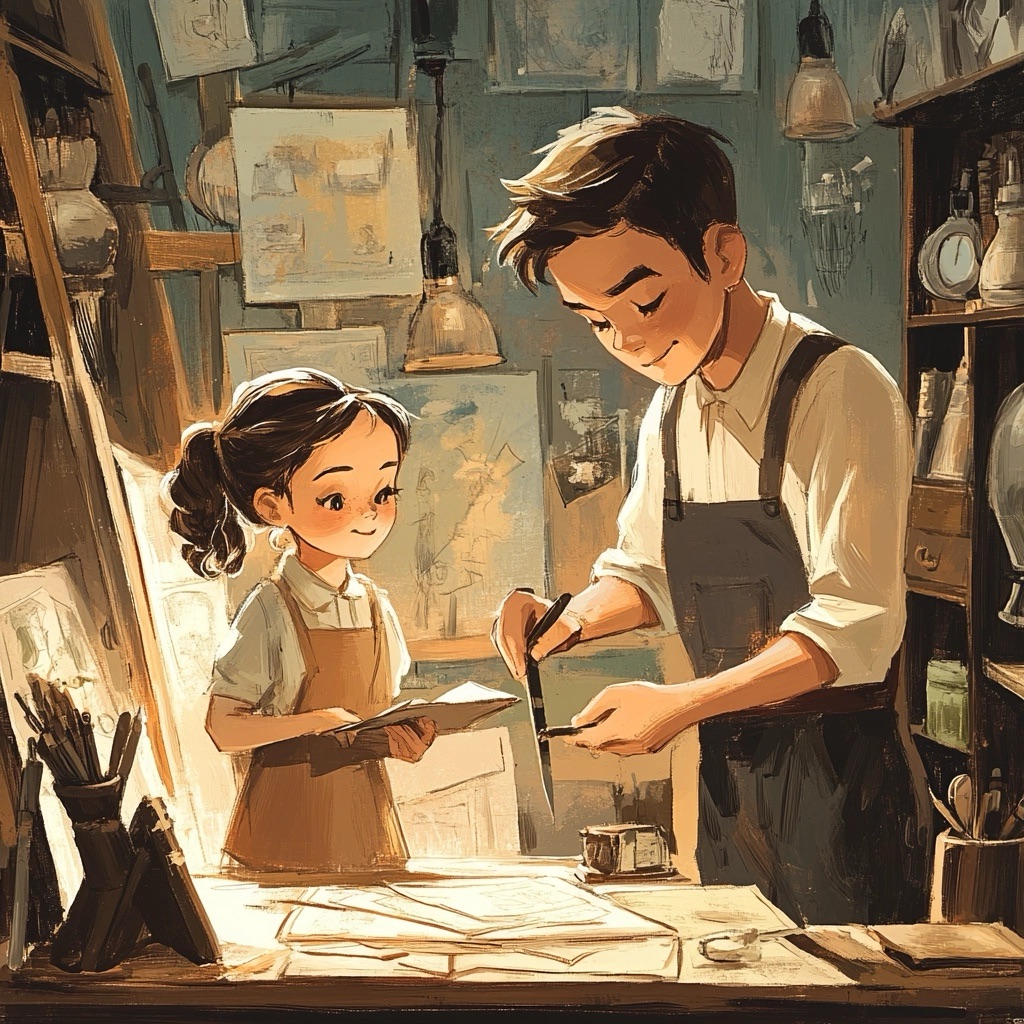
For example, instead of starting with, “John was a quiet man who lived alone,” you might say, “John hadn’t spoken a word to another human in six months, but today he found a letter on his doorstep addressed in a hand he thought he’d forgotten.” This introduction immediately tells the audience something unusual about John, piquing their interest while also establishing a mystery — the letter — which signals conflict.
Conflict doesn’t have to be explosive or obvious from the start, but it needs to be present in some form. Whether it’s internal tension within the character, a brewing societal issue, or a hint of danger on the horizon, conflict is what drives narrative tension. Without it, stories fall flat, and the audience quickly loses interest. The first impression should plant the seeds of this conflict, whether through character interactions, a peculiar setting, or an unexpected event.

Setting the Tone: Atmosphere and Mood
The atmosphere of a story can be as critical as the plot or characters in forming a strong first impression. The tone sets expectations for the journey ahead and immerses the reader in the emotional landscape of the story. Is the world you’re creating whimsical, dark, suspenseful, or hopeful? The tone should be clear from the very first sentences.
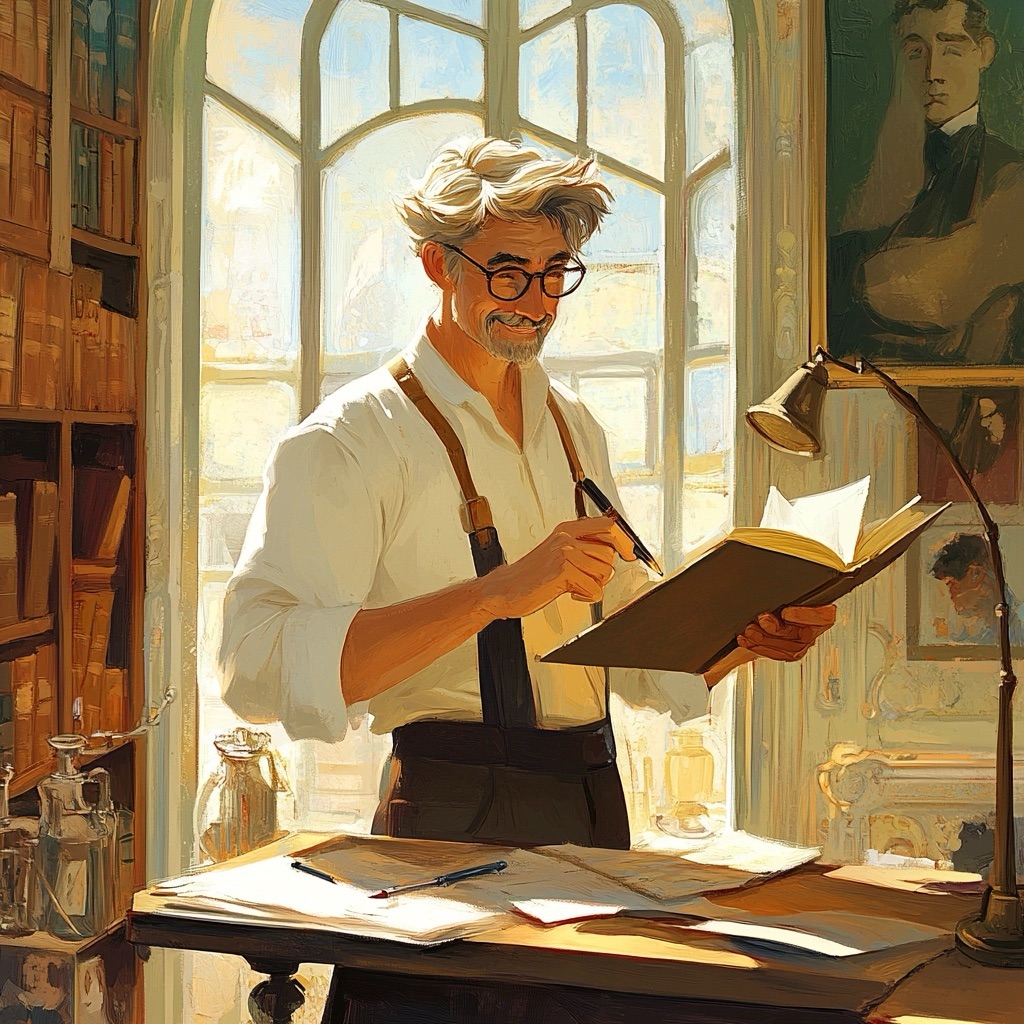
Consider how classic works of fiction handle tone in their opening lines. In George Orwell’s 1984, the opening line, “It was a bright cold day in April, and the clocks were striking thirteen,” sets an immediately unsettling tone. The audience understands from that single line that this is not a typical world. This line hints at a dystopian reality without stating it outright, inviting readers to explore further.
In contrast, something like J.K. Rowling’s Harry Potter and the Philosopher’s Stone starts with an ordinary day in the life of the Dursley family, but there are small oddities — people in cloaks, a mysterious cat — that hint at the magical world just beneath the surface. The reader is slowly introduced to a new reality, one step at a time, creating an atmosphere of wonder and discovery.
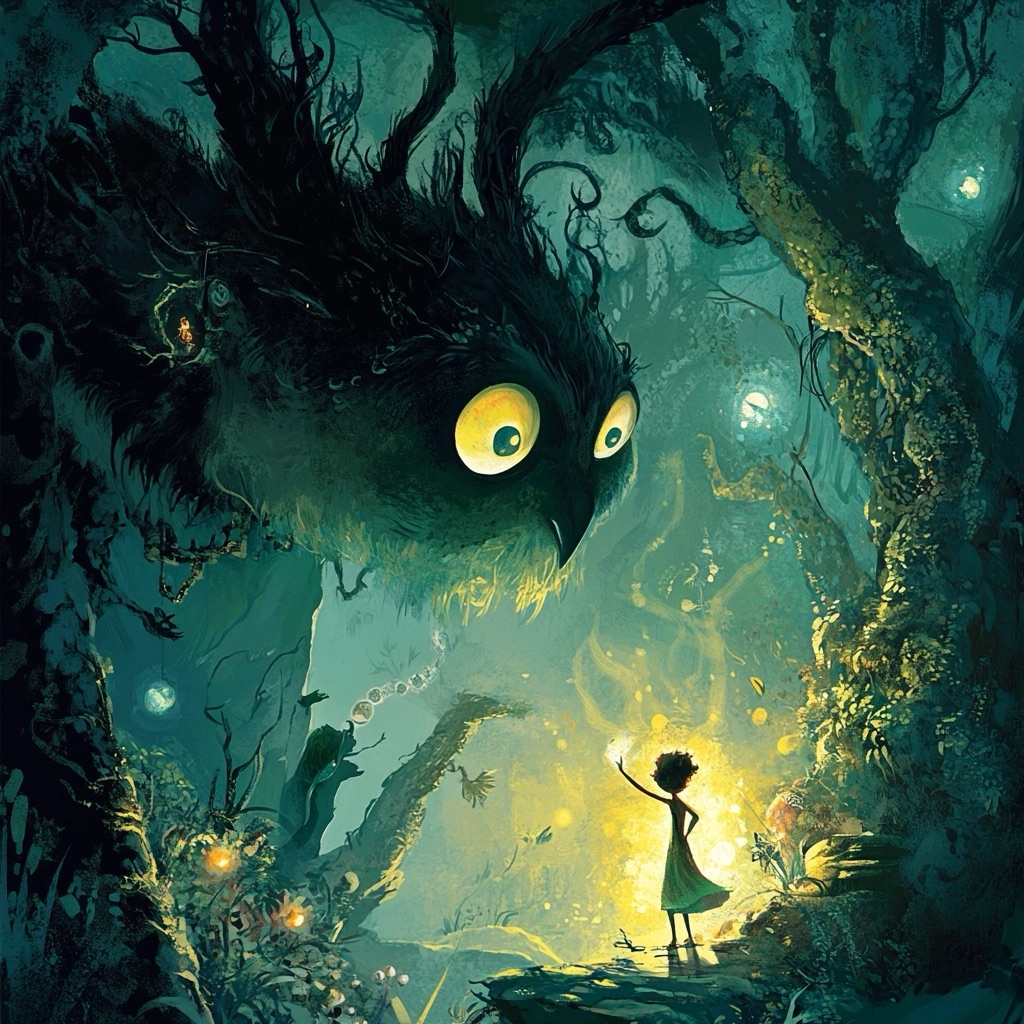
A writer’s job is to guide the reader into the right mood from the outset, making sure the tone and atmosphere align with the larger story to come. When done right, it’s like turning on a switch that illuminates the emotional core of the narrative.
Subverting Expectations: The Element of Surprise
While familiarity helps establish a connection, surprise keeps the audience engaged. One of the most effective ways to create a strong first impression is by subverting expectations. When the audience anticipates one thing and is given something entirely different, they become more alert and invested in understanding what’s happening.
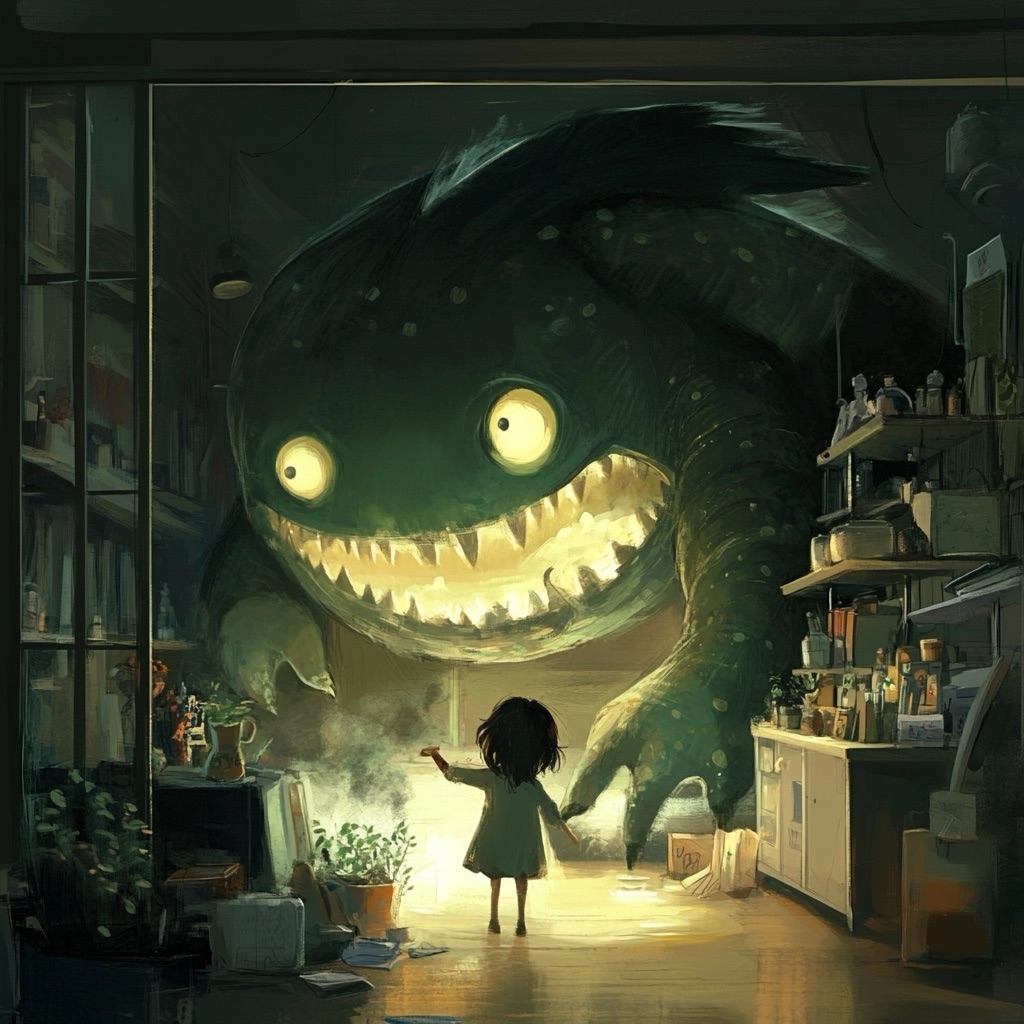
For instance, in Gone Girl by Gillian Flynn, the narrative starts in a seemingly typical fashion — a husband reflecting on his marriage on the morning of his fifth anniversary. However, within a few pages, the story spirals into a psychological thriller, as his wife goes missing and the husband becomes a prime suspect. The twist is not immediate, but it is foreshadowed in such a way that the audience’s expectations are constantly being challenged.
The element of surprise works particularly well when it feels earned, rather than forced. A good story respects the audience’s intelligence and offers them something unexpected that still fits within the logic of the narrative. Surprises in storytelling should feel like a natural evolution of the plot, not a gimmick designed solely to shock.
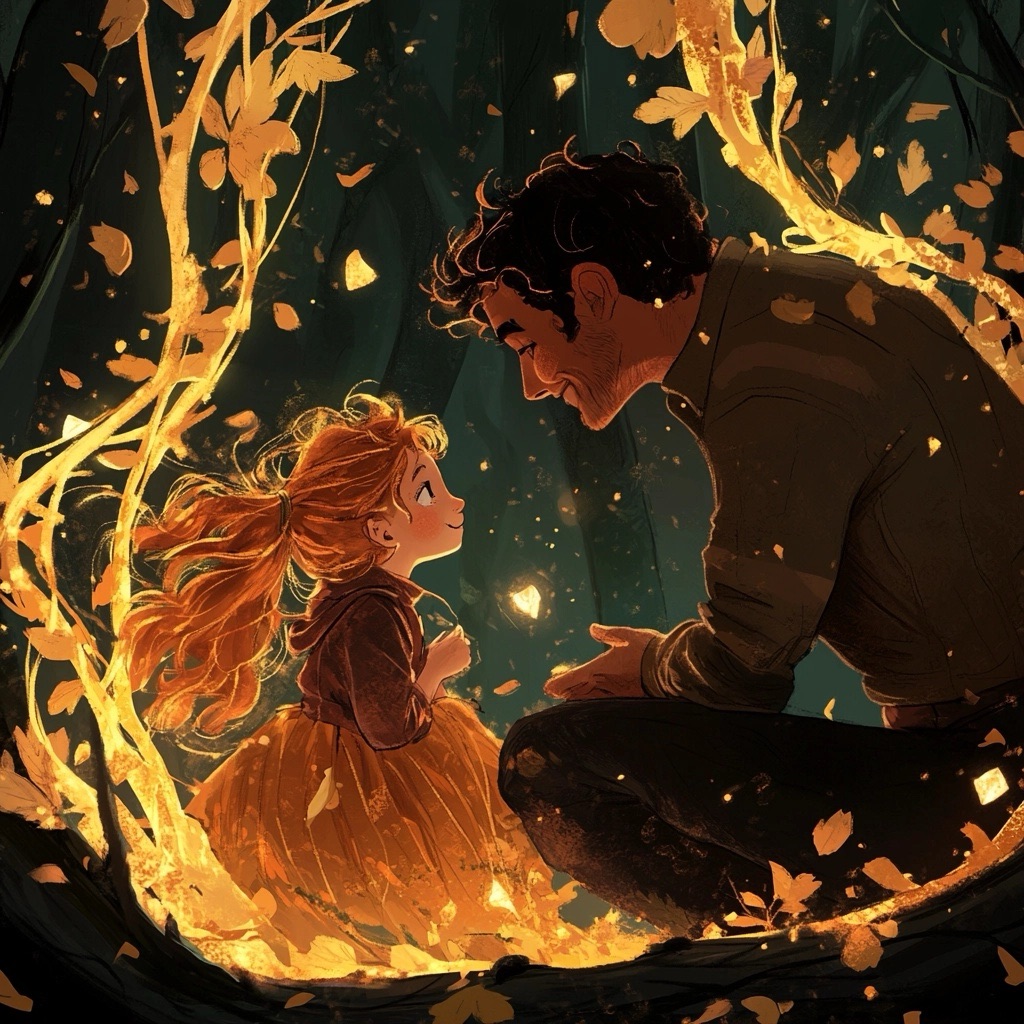
Crafting a Memorable First Line
Much has been written about the importance of the first line in a story. A truly great first line encapsulates the essence of the story while being intriguing enough to hook readers. While it’s true that not every story requires a knock-out first sentence, those that do often leave a lasting imprint on the reader’s mind.
Consider the opening line of Charles Dickens’ A Tale of Two Cities: “It was the best of times, it was the worst of times.” In this one sentence, Dickens captures the dualities and contradictions that will define the rest of the novel. The line is memorable because it encapsulates an entire era while still resonating on a personal level.

Great first lines don’t necessarily have to be poetic or grand; they just need to make the reader pause, think, or feel. A well-crafted first sentence can offer a mystery, pose a question, or paint a vivid image. It invites readers into the story with the promise of something worth exploring.
Conclusion: A First Impression is a Lasting One
In storytelling, as in life, first impressions matter. Whether it’s the tone, the characters, the atmosphere, or the conflict, the beginning of a story is the gateway to everything that follows. It sets the expectations and establishes the emotional and intellectual engagement the audience will have with your narrative. Crafting a memorable first impression in storytelling is about more than just an attention-grabbing opening. It’s about creating a world that feels worth investing in, with characters and conflicts that resonate, and a tone that aligns with the journey ahead.
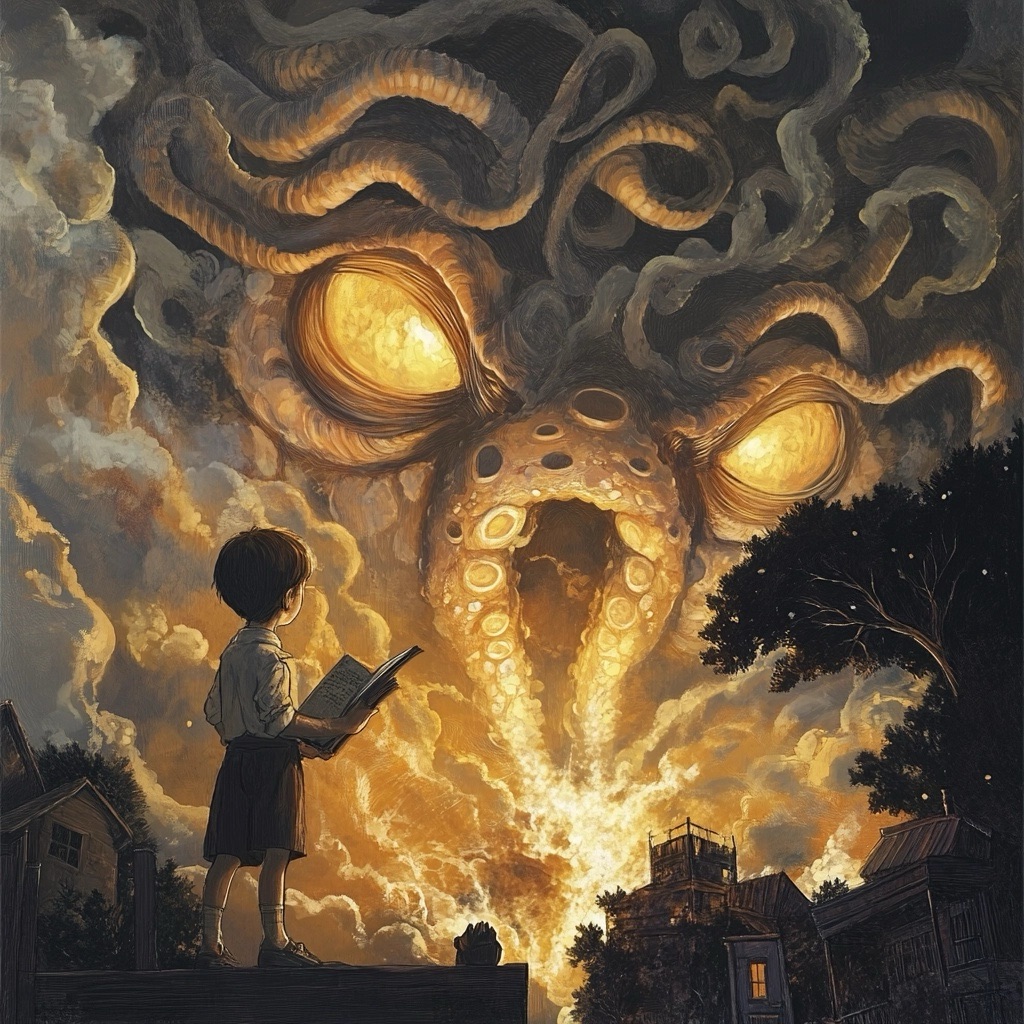
In the end, the stories that make the strongest first impressions are those that offer something authentic, unique, and deeply human. They make us lean in, curious about the world they’re presenting, eager to see what lies ahead. When you master the art of the first impression in storytelling, you’ve already won half the battle. The rest is just letting the story unfold.
Leave a Reply